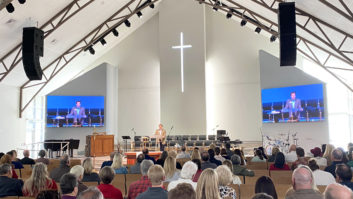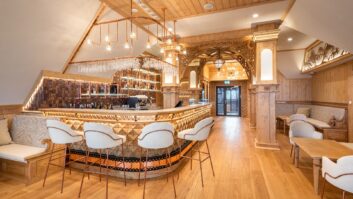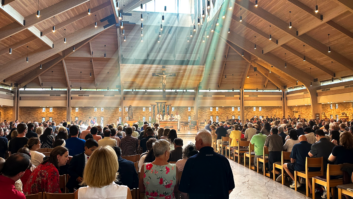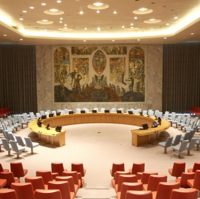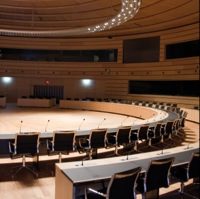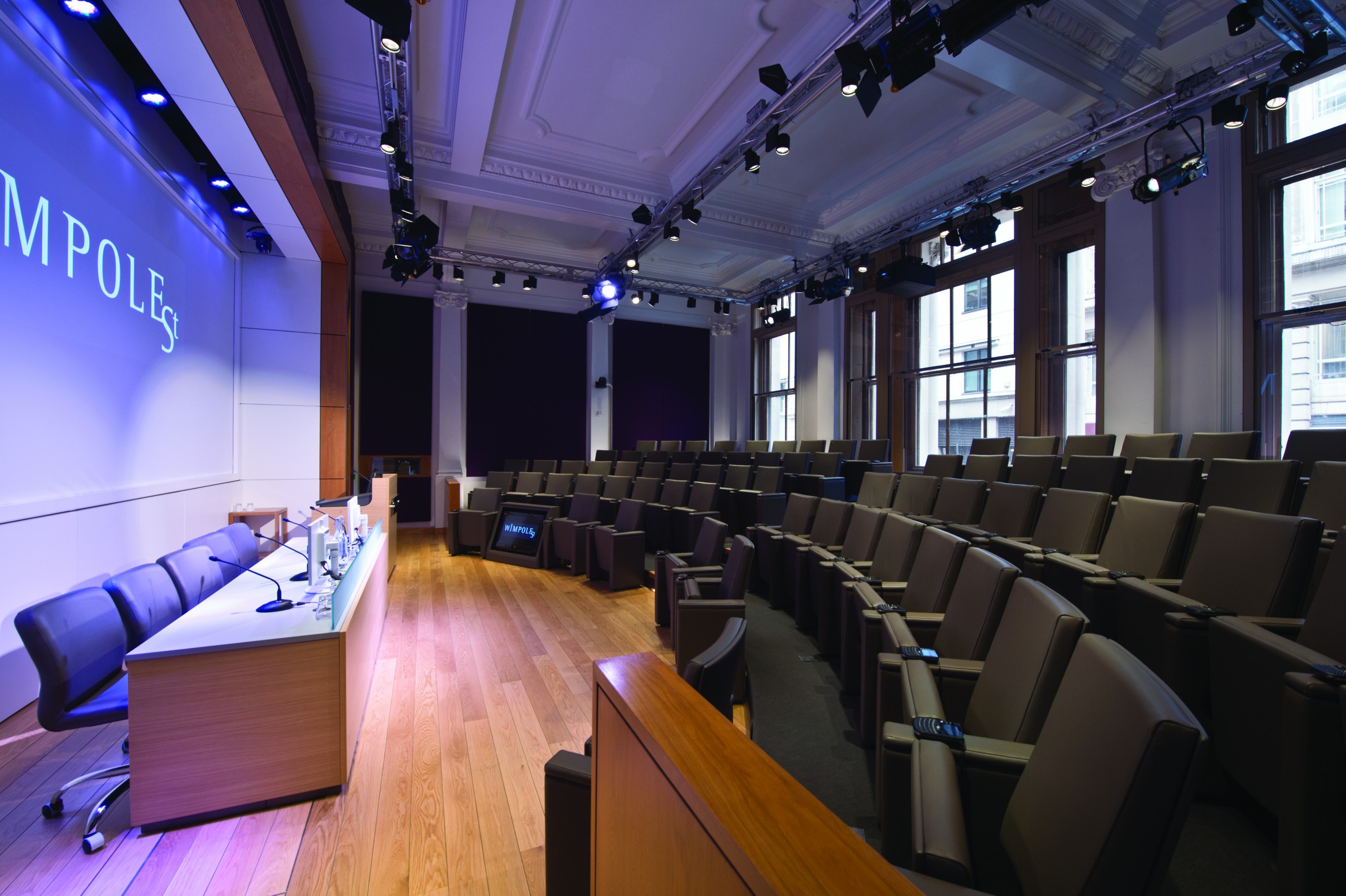
The conference venue market continues to be swelled by new-builds and refurbishments, spelling a healthy level of demand for AV providers.
Remote conferencing technology that allows businesses to communicate efficiently and with a minimum of disruption might be gaining ground, but demand for the services of the more traditional conference venue provider remains strong. That fact alone can be discerned from a steady stream of new and revamped conference facilities coming onstream.
In the last few months alone, GTG Training has unveiled a futuristic-looking, purpose-built 8,600sqm conference and training centre in Edinburgh, while Hensol Castle in South Wales is in the midst of a £10 million refurbishment to become a 200-320-delegate conference space, augmented by five smaller meeting rooms. Further afield, the newly opened Crowne Plaza Hunter Valley Conference and Events Centre is billed as being the ‘largest and most comprehensive exhibition facility north of Sydney’. And that is only to scratch the surface of the projects currently in progress.
As these examples illustrate, the conference venue market is being swelled both by new-builds and the repurposing of existing facilities. For those premises new to conferencing, it can provide an additional and welcome revenue stream – particularly during quieter, out-of-season periods – although the initial outlay in terms of both equipment and personnel may reasonably give cause for pause.
Long-term presence in the market and a reputation for smooth organisation and logistics are likely to be the most crucial factors in determining whether a conference facility sinks or swims. But to a greater or lesser extent, the provision of audio (and visual) systems that are intelligible, robust, reliable and high-end – although somehow still distinctly ‘invisible’ – constitutes another important aspect of the mix.
Medicinal purposes
But first, a specific example that neatly connects many of the emerging strands. Situated in the heart of London, the Royal Society of Medicine (RSM) has a two-century-and-counting history as a leading provider of medical education, running 400-plus academic meetings and conferences per year. But while its credentials as an organisation on the cutting edge of medicine can be taken for granted, it has also cultivated a reputation for the technologically advanced nature of its conferencing capabilities.
Facilities are available for RSM members and external companies to hire, and span two sites: 1 Wimpole Street, with four large conference rooms and nine meeting rooms, among other spaces (one of these was covered in Installation in July 2013, page 50); and Chandos House, sporting six multipurpose function rooms. Overseeing technical requirements at both venues is Kevin McLoughlin, RSM’s AV manager.
McLoughlin indicates that sound system upgrades tend to be driven both by market requirements and operator expectations: “We are always looking at ways we can improve our audio systems both from a service delivery viewpoint and from the perspective of the AV technicians who have to set up and operate these systems on a daily basis.”
Perhaps inevitably, efforts in recent times have tended to focus on the migration from analogue to digital. In the RSM’s case, this has centred upon the deployment of Biamp’s Tesira DSP platform to enable the creation of a future-proof digital audio network “linking our main meeting rooms together via single Cat6 cables and AVB-compliant network switches to complement our recently upgraded digital video systems. Although Tesira does have its own customisable PC control interface, we added Soundcraft Si audio mixing desks (via Dante and analogue connectivity) for technicians to live-mix meetings and conferences. With the addition of an iPad app for the desk, in-house technicians can live mix in the room or back in the control room according to what fits the event.”
At time of writing, it is still very much an ongoing project; additional Tesira products are being added to the network, including some TesiraFORTÉ units in the smaller meeting rooms, and McLoughlin is steadily switching from conventional mics (sporting analogue connections to the Tesira servers) to Revolabs Executive Elite wireless gooseneck mics on the stage desks in the lecture theatres. Connection via an AVB-compliant network switch allows eight channels of audio to be streamed from the stage mics, with additional return channels.
“This system gives advantages to the in-house team, including more control and monitoring over the mics such as remotely monitoring battery power or enabling the push-to-talk button, and also reduces the de-rig time when the stage furniture has to be removed,” says McLoughlin. He adds that Sennheiser radio microphones and Ampetronic induction loop amplifiers are among the other integral elements of the audio specification.
The RSM’s AV manager readily admits that maintaining a competitive technological infrastructure is beneficial in securing external projects. In this regard, he has discerned that the importance of “getting microphones to audience members participating in a meeting through Q&A and so on has increased” in line with the growth of video production and live streaming. One way in which McLoughlin has addressed this has been through the specification of the Lumi/IML Connector solution in the Naim Dangoor Auditorium at 1 Wimpole Street.
“This multipurpose device not only has a ‘push to talk’ microphone but a return audio channel for the hard of hearing or simultaneous translation, and negates the need for supplying staff to deliver the usual roving radio mics to the audience. The fact that this device is also used for interactive voting and texting feedback is an added bonus,” says McLoughlin, who thinks the solution has had a definite commercial advantage: “The Lumi Connector has proven popular with internal academic meetings as well as external or corporate clients – often tipping the balance between when they are deciding between similar venues for hosting their events.”
www.1wimpolestreet.co.uk
www.biamp.com
www.revolabs.com
www.lumiinsight.com
www.chandoshouse.co.uk
www.ampetronic.com
